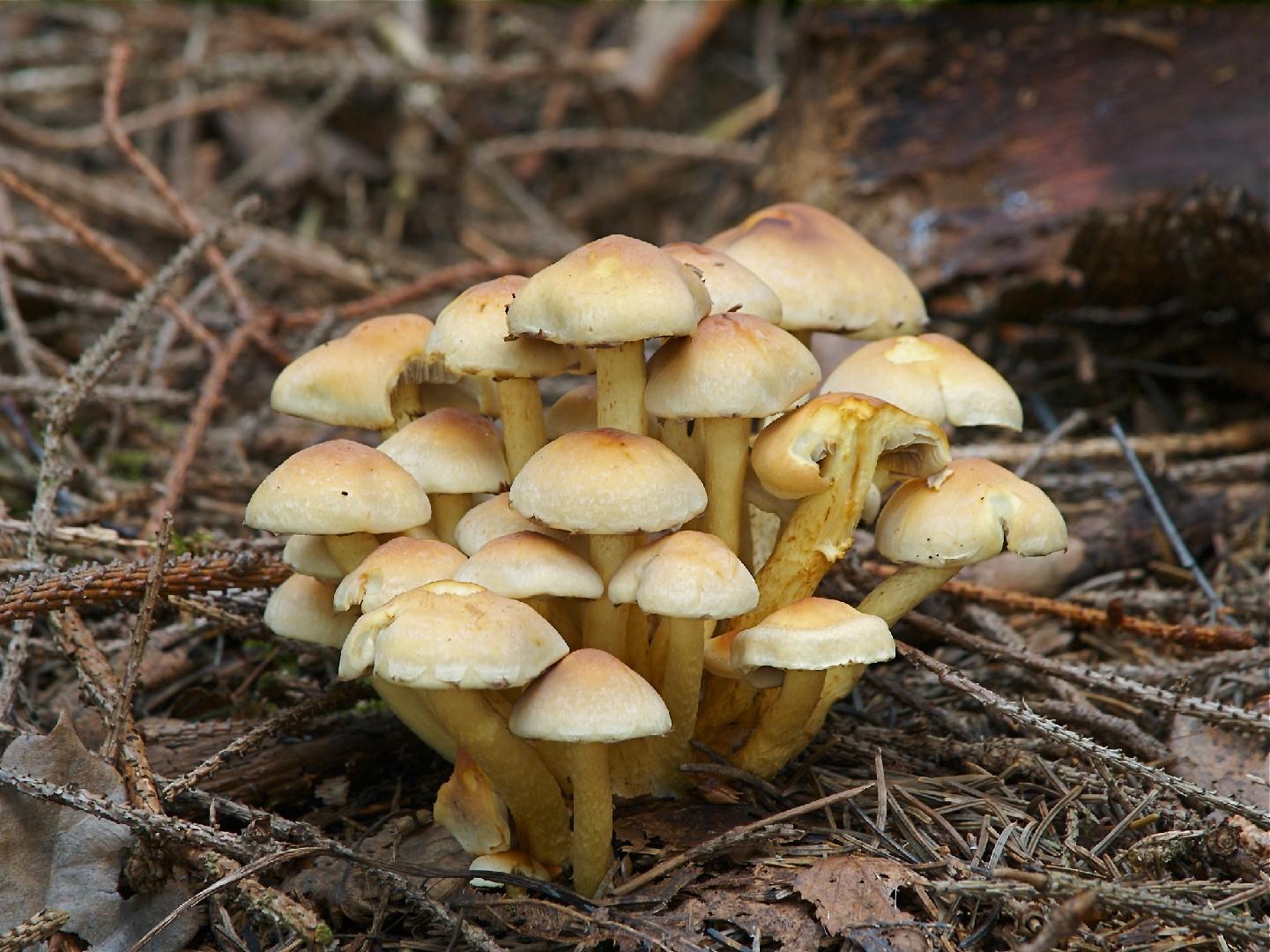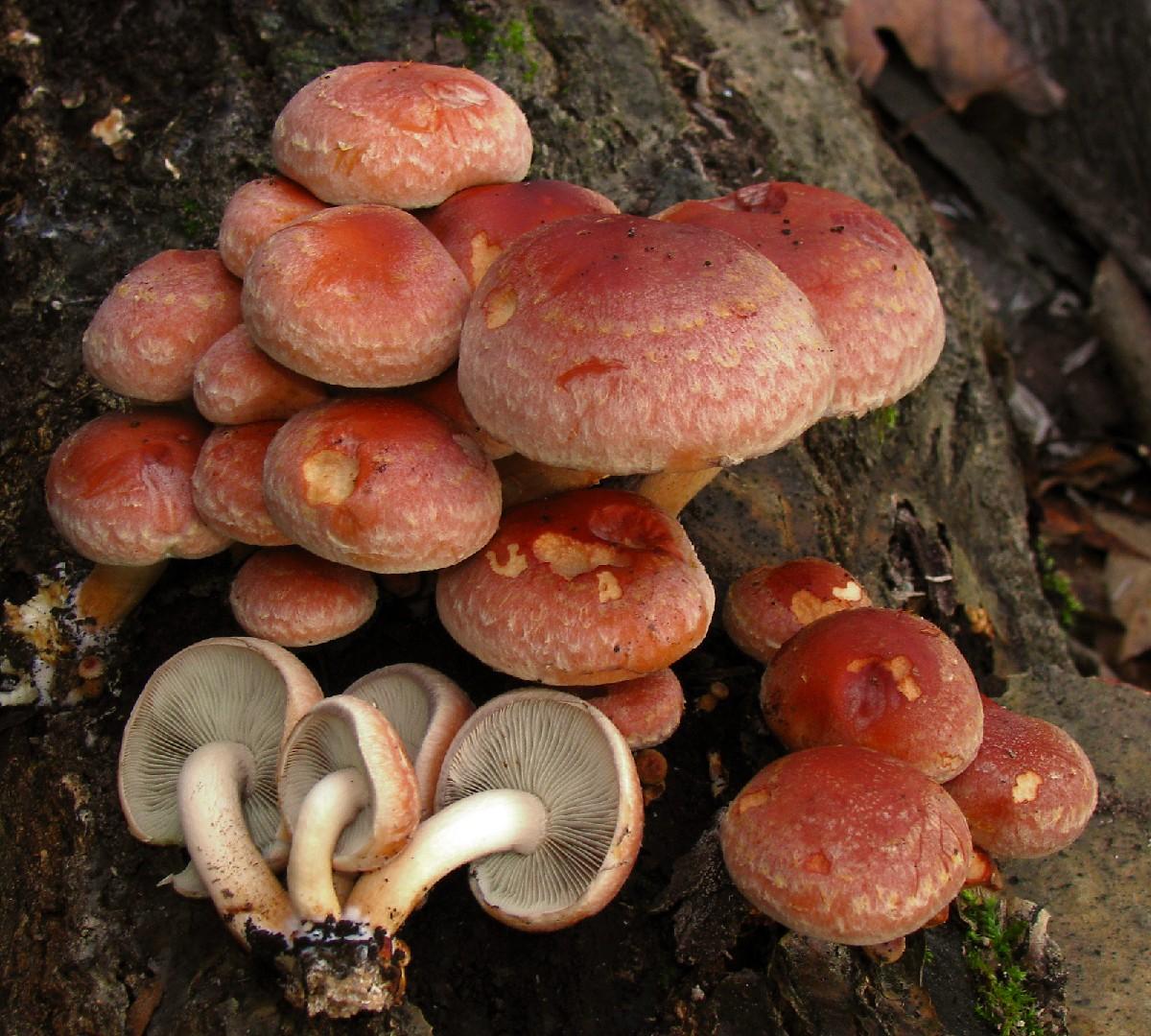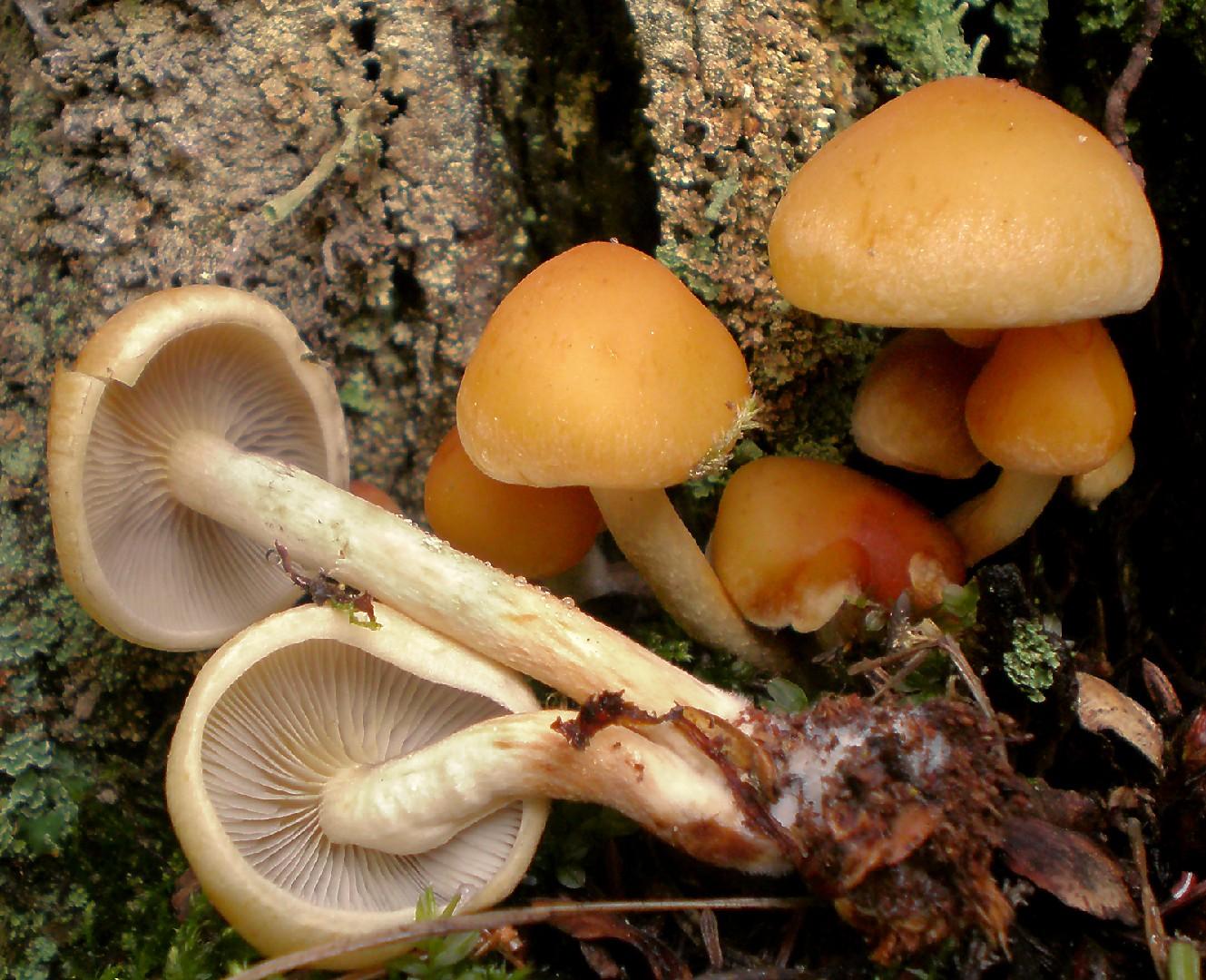

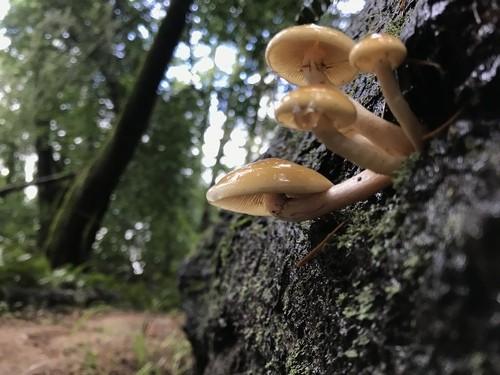
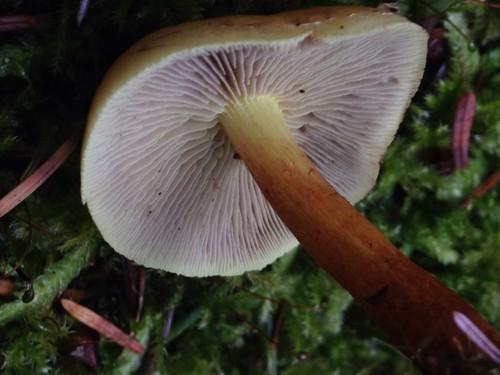
Conifer tuft
Hypholoma capnoides
A species of Hypholoma. Also known as Smoky-gilled hypholoma.
True to its name, the Conifer Tuft fungus thrives on deceased conifers, appearing either individually or in clusters. This species is native to the Northern Hemisphere and typically observed during the autumn. Exercise caution to differentiate it from the highly poisonous Sulphur Tuft. A key distinguishing feature is the color of its gills; those of the Conifer Tuft are a light grey, never exhibiting a green hue.
Attributes of Conifer tuft
Scientific Classification of Conifer tuft
Toxicity and Edibility of Conifer tuft
Is Conifer tuft Toxic?
It's generally advised against foraging for the conifer tuft, as its culinary value is considered low. Novice mushroom foragers risk misidentifying it with several small, toxic mushrooms. Among its dangerous lookalikes are Hypholoma fasciculare, also known as the sulphur tuft, and Galerina marginata, or the funeral bell.
Is Conifer tuft Toxic to Dogs?
Conifer tuft can be dangerous to dogs. If your pet has consumed this mushroom, seek immediate veterinary attention. Symptoms may vary, but early intervention is crucial for the best outcome.
